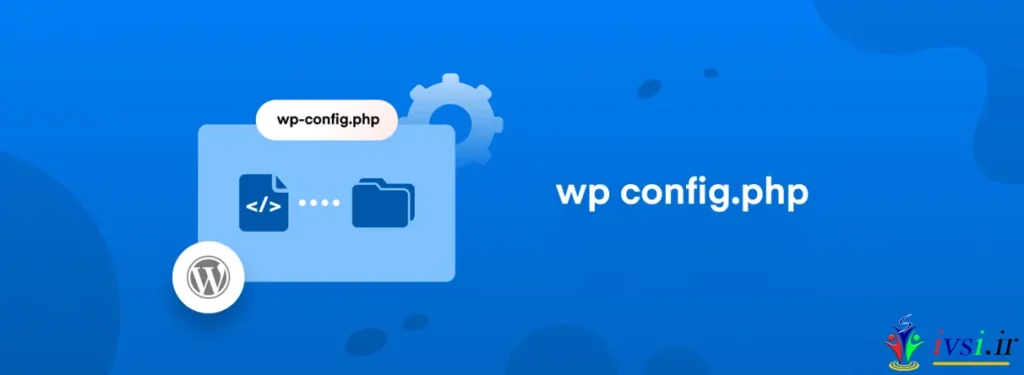wp-config.php یکی از فایل های اصلی وردپرس است. این شامل اطلاعاتی در مورد پایگاه داده، از جمله نام، میزبان (معمولا localhost)، نام کاربری و رمز عبور است. این اطلاعات به وردپرس اجازه می دهد تا با پایگاه داده برای ذخیره و بازیابی داده ها (مانند پست ها، کاربران، تنظیمات و غیره) ارتباط برقرار کند. این فایل همچنین برای تعریف گزینه های پیشرفته برای وردپرس استفاده می شود.
فایل wp-config.php در بسته دانلود پیش فرض وردپرس وجود ندارد. در عوض، حاوی فایلی به نام wp-config-sample.php است که میتوان آن را تغییر نام داد و از آن به عنوان wp-config.php برای نصب و استفاده از وردپرس استفاده کرد.
قسمت زیر مهمترین بخش فایل wp-config را نشان می دهد:
// ** MySQL settings - You can get this info from your web host ** //
/** The name of the database for WordPress */
define('DB_NAME', 'database_name_here');
/** MySQL database username */
define('DB_USER', 'username_here');
/** MySQL database password */
define('DB_PASSWORD', 'password_here');
/** MySQL hostname */
define('DB_HOST', 'localhost');
باقیمانده فایل wp-config، که در زیر نشان داده شده است، همچنین دارای تنظیمات پیشرفته تری برای پیکربندی سایر عناصر پایگاه داده، کلیدهای امنیتی برای نصب وردپرس شما و گزینه های توسعه دهنده است. با مراجعه به سایت API وردپرس می توانید به طور خودکار مجموعه جدیدی از کلیدهای امنیتی را ایجاد کنید .
/** Database Charset to use in creating database tables. */
define('DB_CHARSET', 'utf8');
/** The Database Collate type. Don't change this if in doubt. */
define('DB_COLLATE', '');
/**#@+
* Authentication Unique Keys and Salts.
*
* Change these to different unique phrases!
* You can generate these using the {@link https://api.wordpress.org/secret-key/1.1/salt/ WordPress.org secret-key service}
* You can change these at any point in time to invalidate all existing cookies. This will force all users to have to log in again.
*
* @since 2.6.0
*/
define('AUTH_KEY', 'put your unique phrase here');
define('SECURE_AUTH_KEY', 'put your unique phrase here');
define('LOGGED_IN_KEY', 'put your unique phrase here');
define('NONCE_KEY', 'put your unique phrase here');
define('AUTH_SALT', 'put your unique phrase here');
define('SECURE_AUTH_SALT', 'put your unique phrase here');
define('LOGGED_IN_SALT', 'put your unique phrase here');
define('NONCE_SALT', 'put your unique phrase here');
/**#@-*/
/**
* WordPress Database Table prefix.
*
* You can have multiple installations in one database if you give each a unique
* prefix. Only numbers, letters, and underscores please!
*/
$table_prefix = 'wp_';
/**
* WordPress Localized Language, defaults to English.
*
* Change this to localize WordPress. A corresponding MO file for the chosen
* language must be installed to wp-content/languages. For example, install
* de_DE.mo to wp-content/languages and set WPLANG to 'de_DE' to enable German
* language support.
*/
define('WPLANG', '');
/**
* For developers: WordPress debugging mode.
*
* Change this to true to enable the display of notices during development.
* It is strongly recommended that plugin and theme developers use WP_DEBUG
* in their development environments.
*/
define('WP_DEBUG', false);
/* That's all, stop editing! Happy blogging. */
/** Absolute path to the WordPress directory. */
if ( !defined('ABSPATH') )
define('ABSPATH', dirname(__FILE__) . '/');
/** Sets up WordPress vars and included files. */
require_once(ABSPATH . 'wp-settings.php');

